‘It makes our voice as a country louder’: A Ukraine photographer’s battle against Russian propaganda
Photographer Alina Smutko explains the challenges of documenting the invasion, fighting misinformation, and keeping the world’s eyes fixed on the destruction

Your support helps us to tell the story
From reproductive rights to climate change to Big Tech, The Independent is on the ground when the story is developing. Whether it's investigating the financials of Elon Musk's pro-Trump PAC or producing our latest documentary, 'The A Word', which shines a light on the American women fighting for reproductive rights, we know how important it is to parse out the facts from the messaging.
At such a critical moment in US history, we need reporters on the ground. Your donation allows us to keep sending journalists to speak to both sides of the story.
The Independent is trusted by Americans across the entire political spectrum. And unlike many other quality news outlets, we choose not to lock Americans out of our reporting and analysis with paywalls. We believe quality journalism should be available to everyone, paid for by those who can afford it.
Your support makes all the difference.Before the war, Kyiv-based documentary photographer Alina Smutko’s work focused on politics, sport and social justice. Her work has taken her to many areas of Ukraine including the disputed Russian-occupied territories of Crimea, Luhansk and the Donetsk.
Alina has now taken on the role of war photographer. She spends her days recording stories of innocent people who have been hit by bombardments, refugees fleeing and charity workers attempting to provide aid.
More than 12 million people in Ukraine have been forced to leave their homes, according to the United Nations. An estimated 6 million are thought to have fled to neighbouring countries, with another 6.5 million displaced within Ukraine itself.
Photographers like Alina have decided to stay and document the crisis, putting themselves in great danger. She hopes that photographing the war will tell the world what is happening in Ukraine and she said she wants her work to “win against Russian propaganda”.
“It makes our voice as a country louder,” she said. “The more pictures we have, the more we suffer for the world and the more the world helps us.”
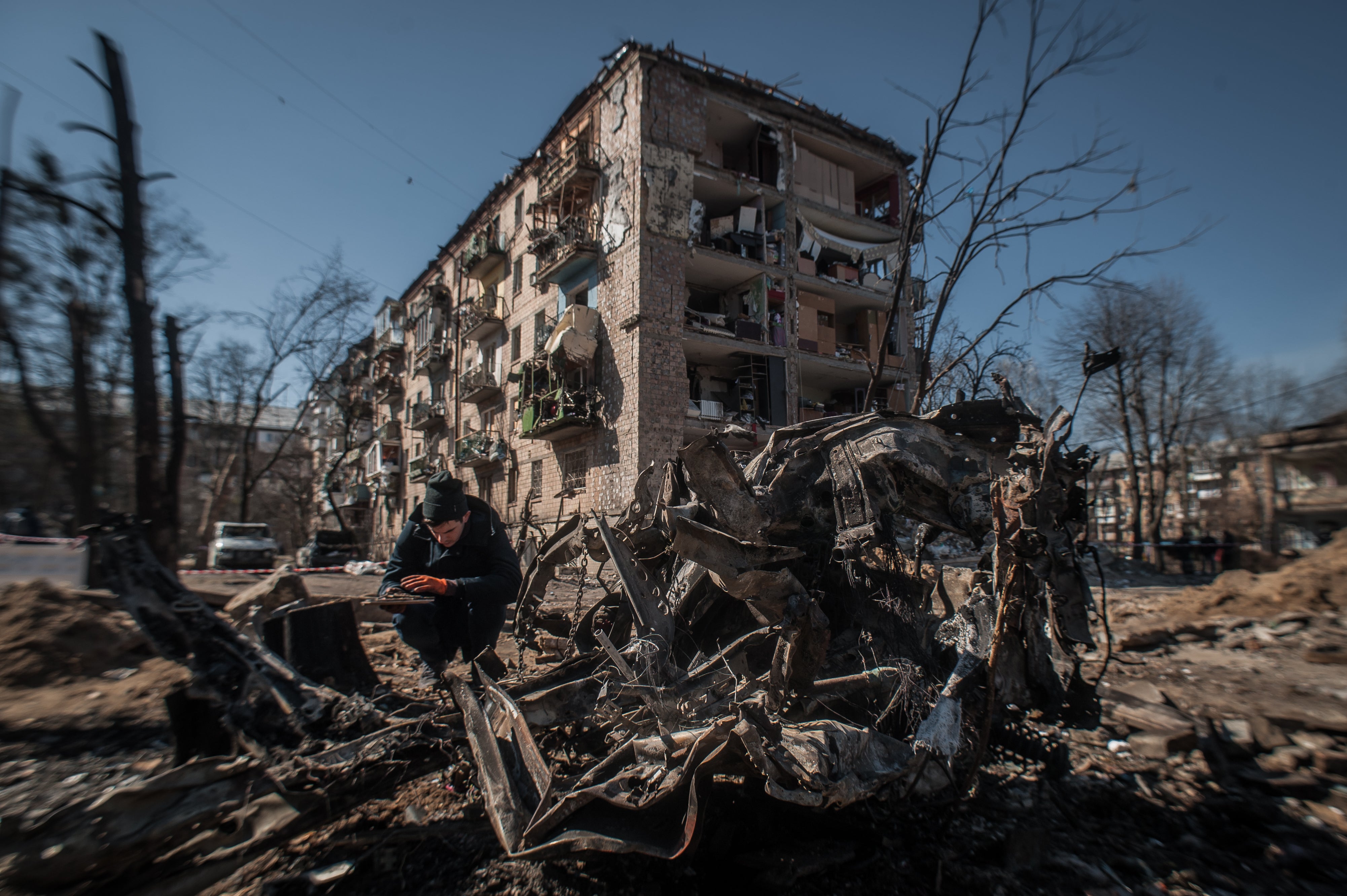
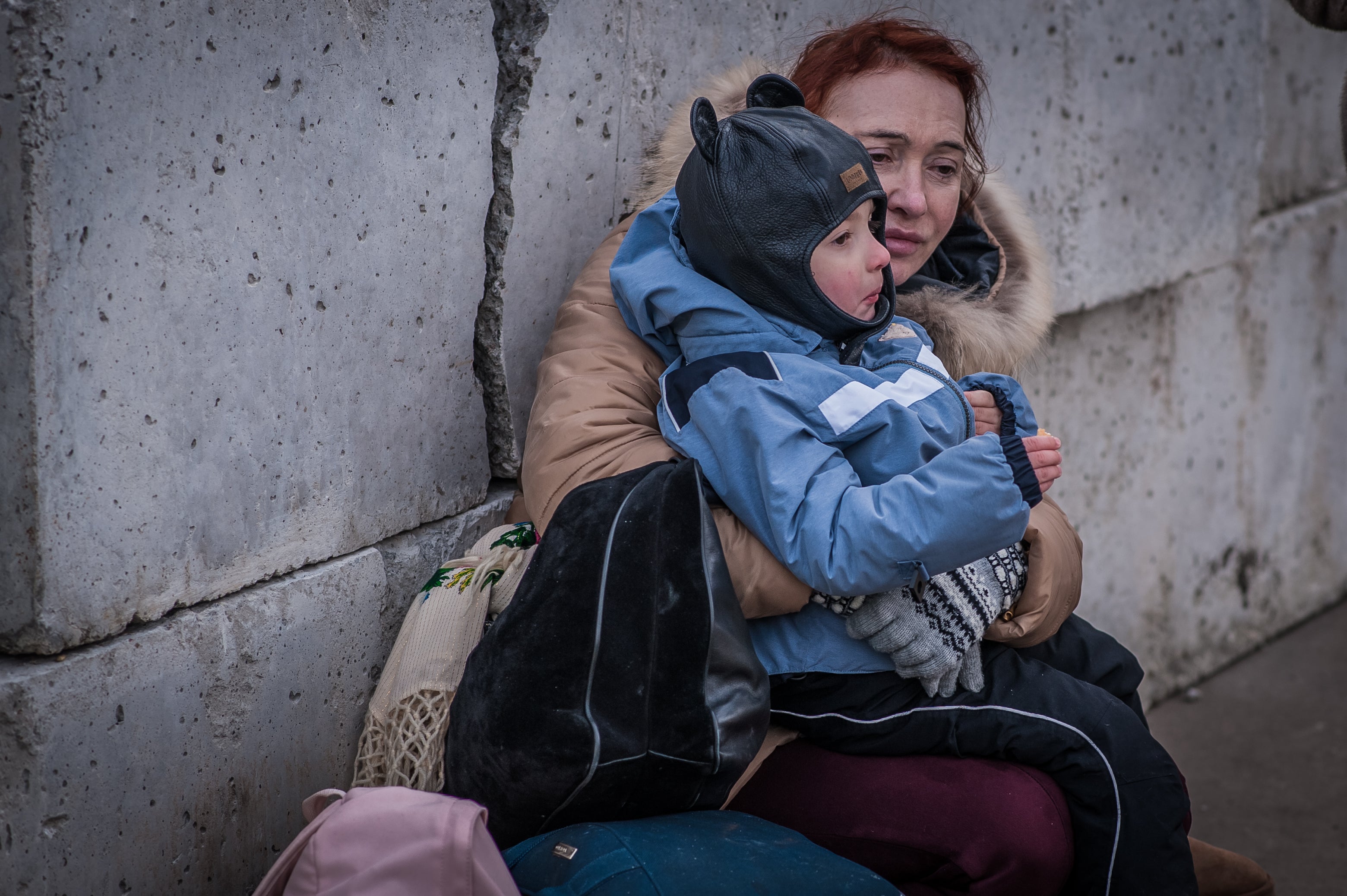
But Alina added that she feels angry about some people questioning the authenticity of photographs or labelling injured people as actors. These tactics have been a permanent feature of the Kremlin’s disinformation campaign about the war.
A Russian airstrike on a Mariupol maternity hospital resulted in at least four deaths and 16 hospitalisations on 9 March. One photo appeared on many front pages the next day, showing an injured pregnant woman being carried out of the hospital.
Other newspapers included an image of another bloodied pregnant woman walking down the stairs of the bombed building.
But the Russian Embassy in London responded by tweeting that the women pictured were actors and falsely claimed the hospital was a legitimate military target hiding supplies.
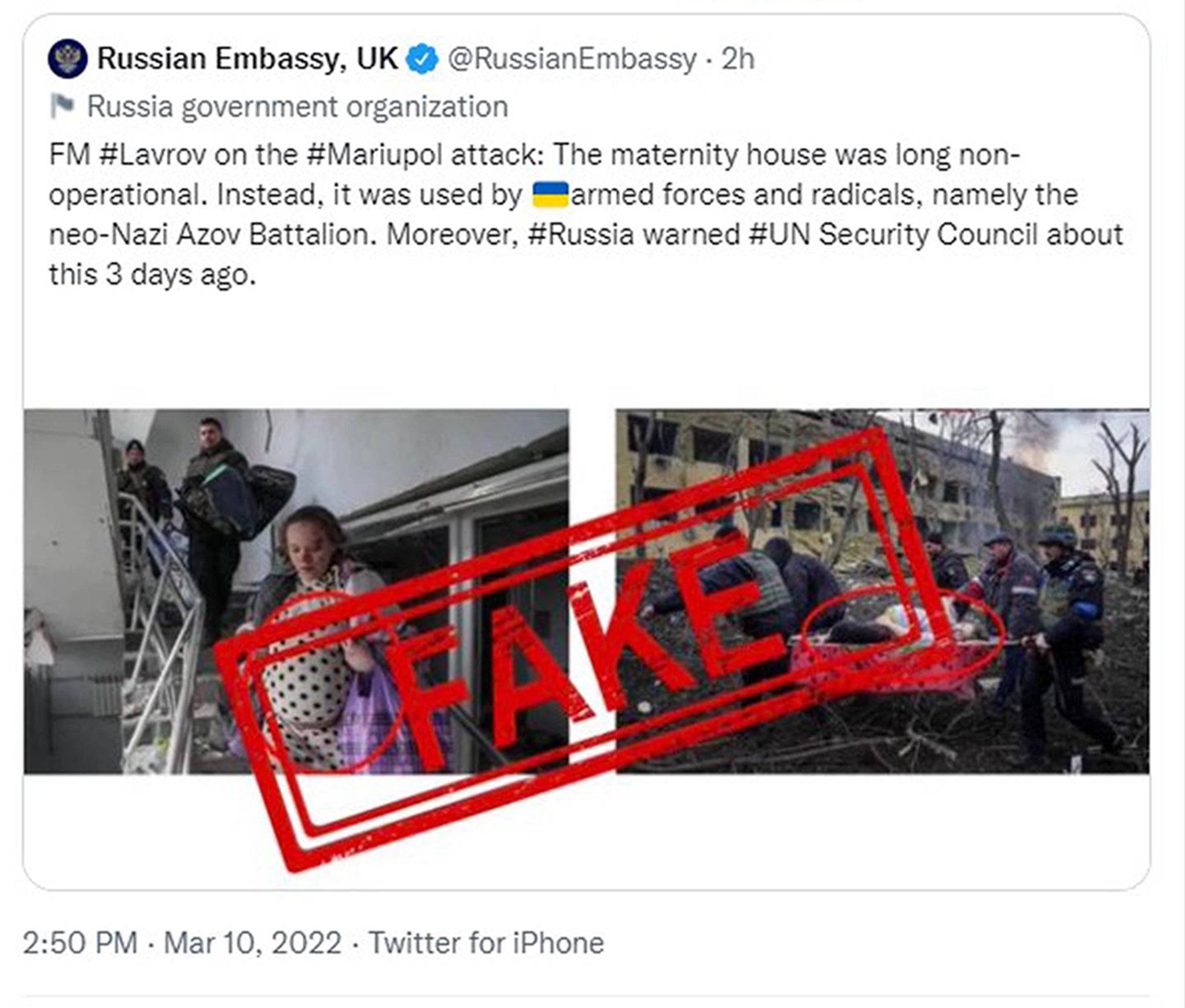
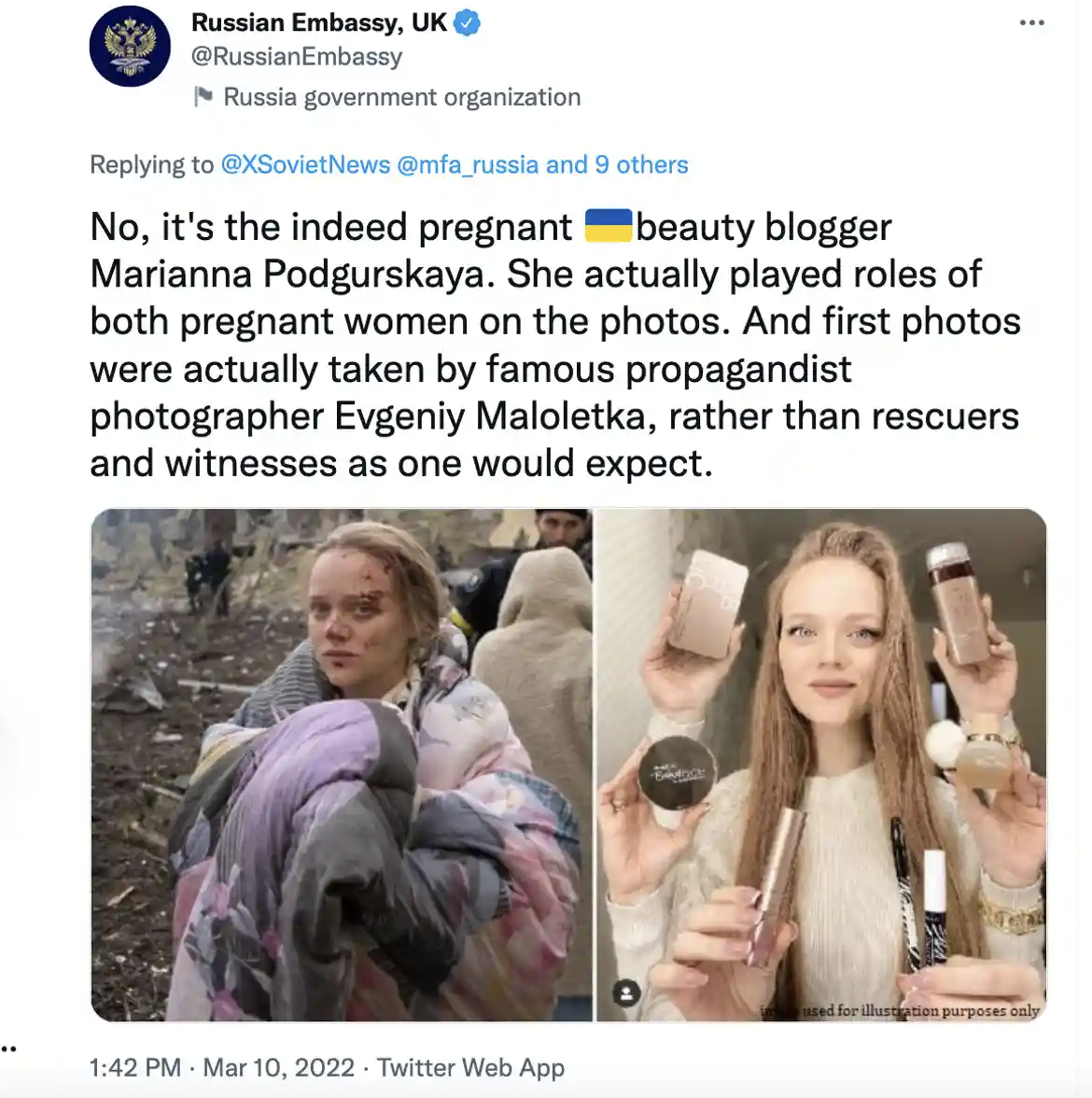
Alina said she fears fake news theories are already so widespread that there is little news agencies and photographers can do to combat these forces. “A lot of people don’t get it, because Russian propaganda has been working for really a long time and you already can’t resist it,” she said.
“We photograph a pregnant woman from Mariupol who is bleeding because Russians hit the hospital where she was. Russians immediately react by saying ‘oh well, it’s not true’, ‘this woman is an actress’ or ‘the hospital is a military base’,” she added. “What about the photographers who took those pictures from Mariupol? They risked their lives, but others just devalued their work. They were called liars, despite being well-known professionals from world-famous news agencies.”

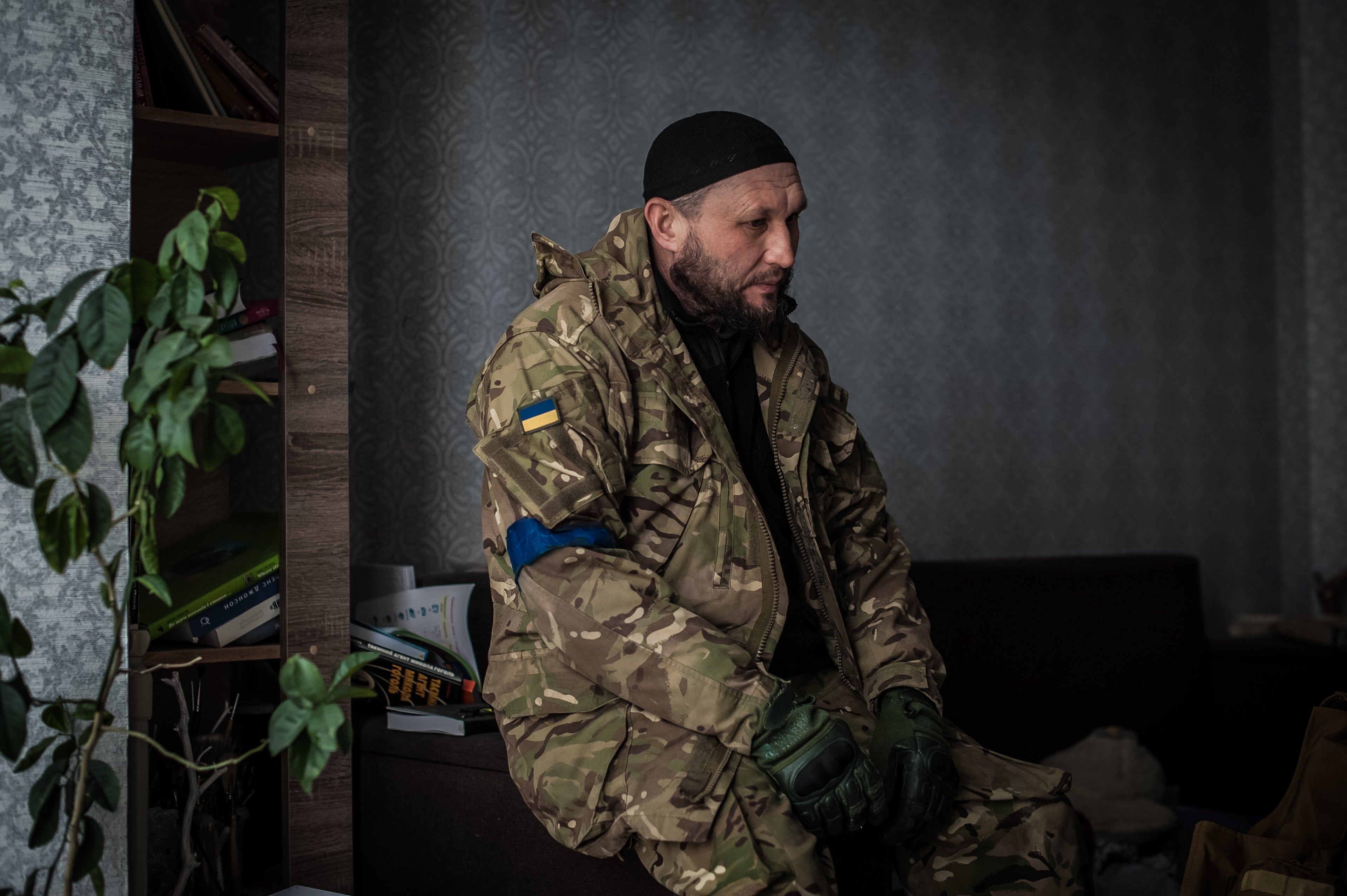
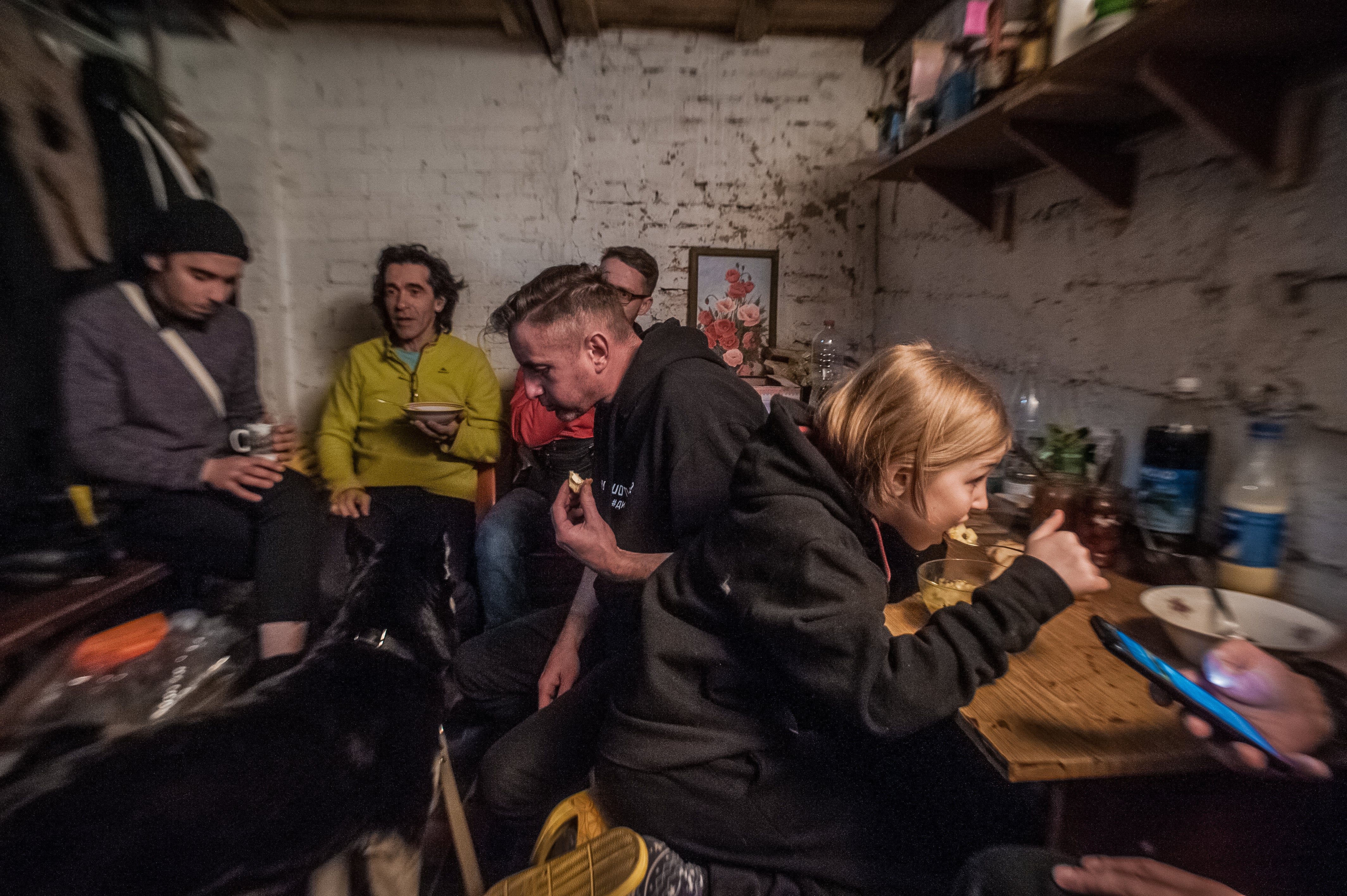
The war in Ukraine has been a battle fought on several fronts. One of those has been social media. The photos of the invasion being posted on Facebook, Instagram, TikTok and Telegram have been crucial for galvanising large parts of the world into supporting Ukraine financially and militarily.
The heartwrenching video of a young girl sheltering in a basement singing along to “Let it Go” from the film Frozen touched many. Glimpses of these powerful images have helped Ukrainians cast themselves as survivors struggling against a powerful aggressor with no moral authority.
But the massive influx of these photos has also meant images of war and destruction have now become common. And it’s a challenge for war photographers to keep their work relevant.
“We now see these types of pictures everywhere. In the past, there might be one or two incredible images to come out of a warzone but it’s different now because of the development of photography technologies and easier access to the war locations,” Alina said.
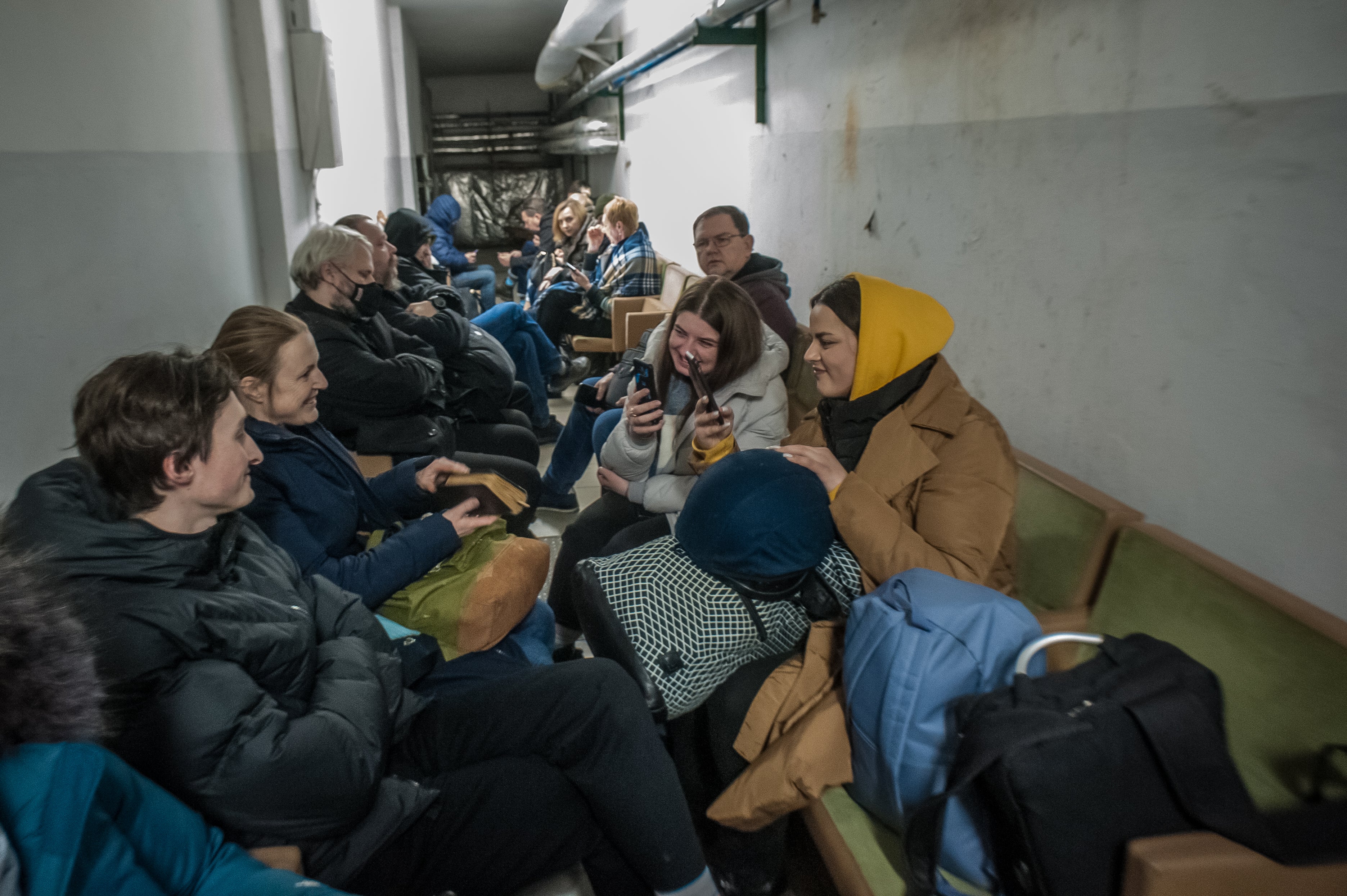
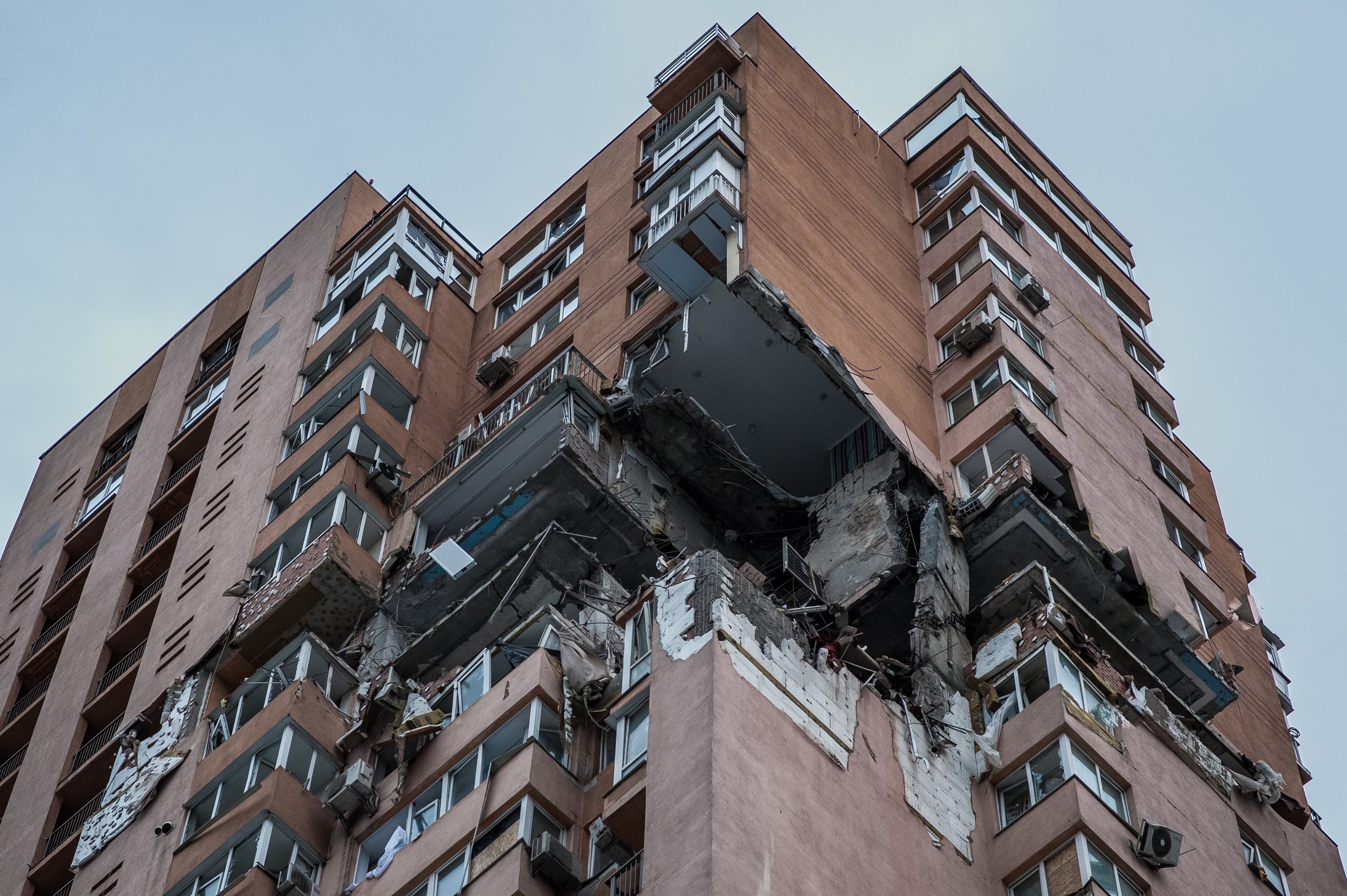
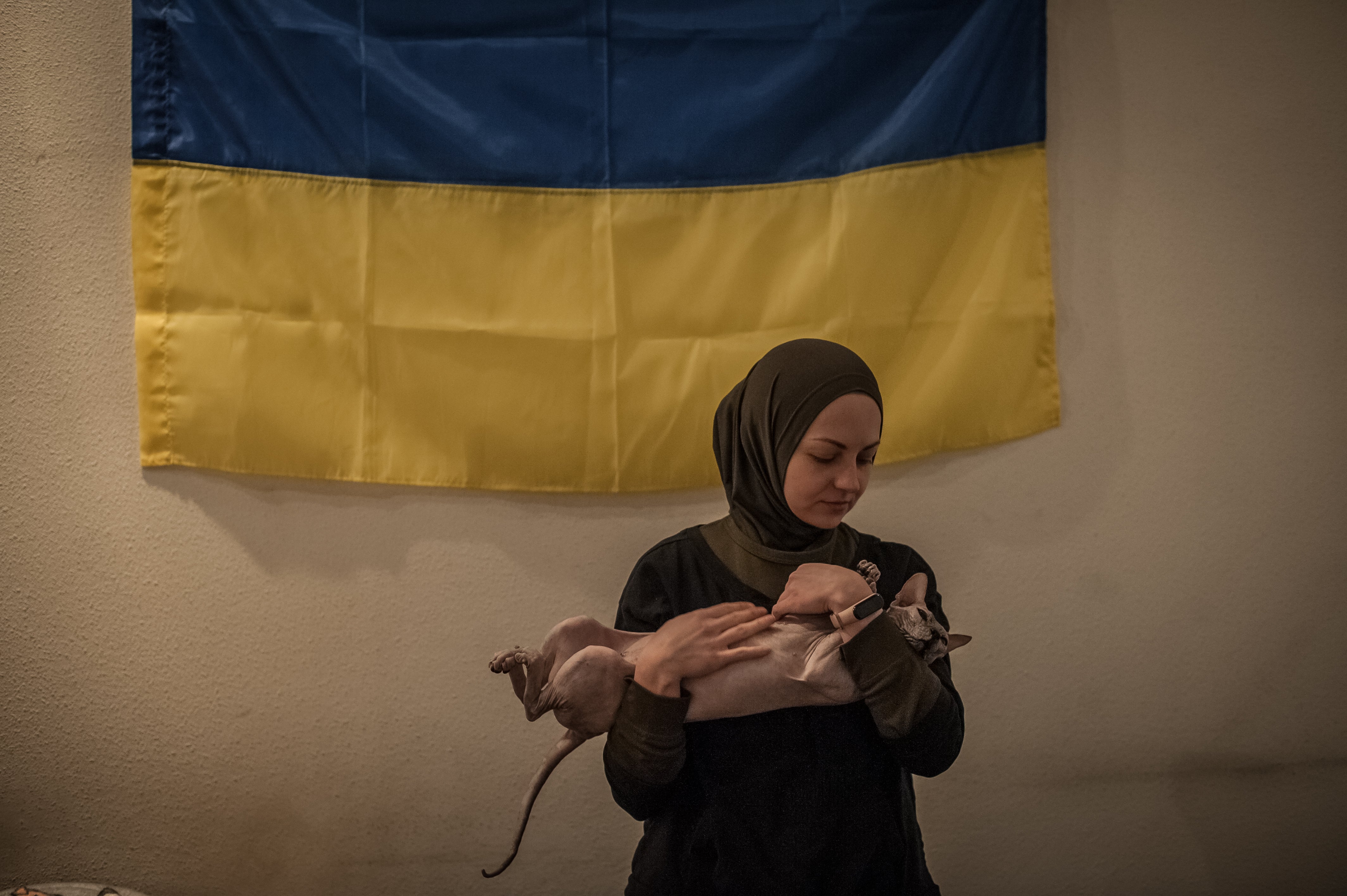
Photographers are also aware that it’s important to keep the momentum of support behind Ukraine by bringing new, impactful stories from the battlefront. But the saturation of photos being shared threatens to weaken that support.
“A really small number of us understand that spectators are already tired of seeing the images of destruction,” Alina says. “The more we create, the more they are tired.”
But this dilemma has also played strongly in Ukraine’s favour. It has personalised a global conflict and amplified the voices of those who may have otherwise gone unnoticed. “Luckily Ukrainians have their voice and can explain what is happening. Even people in Syria didn’t have such kind of attention from the foreign audience,” she said.
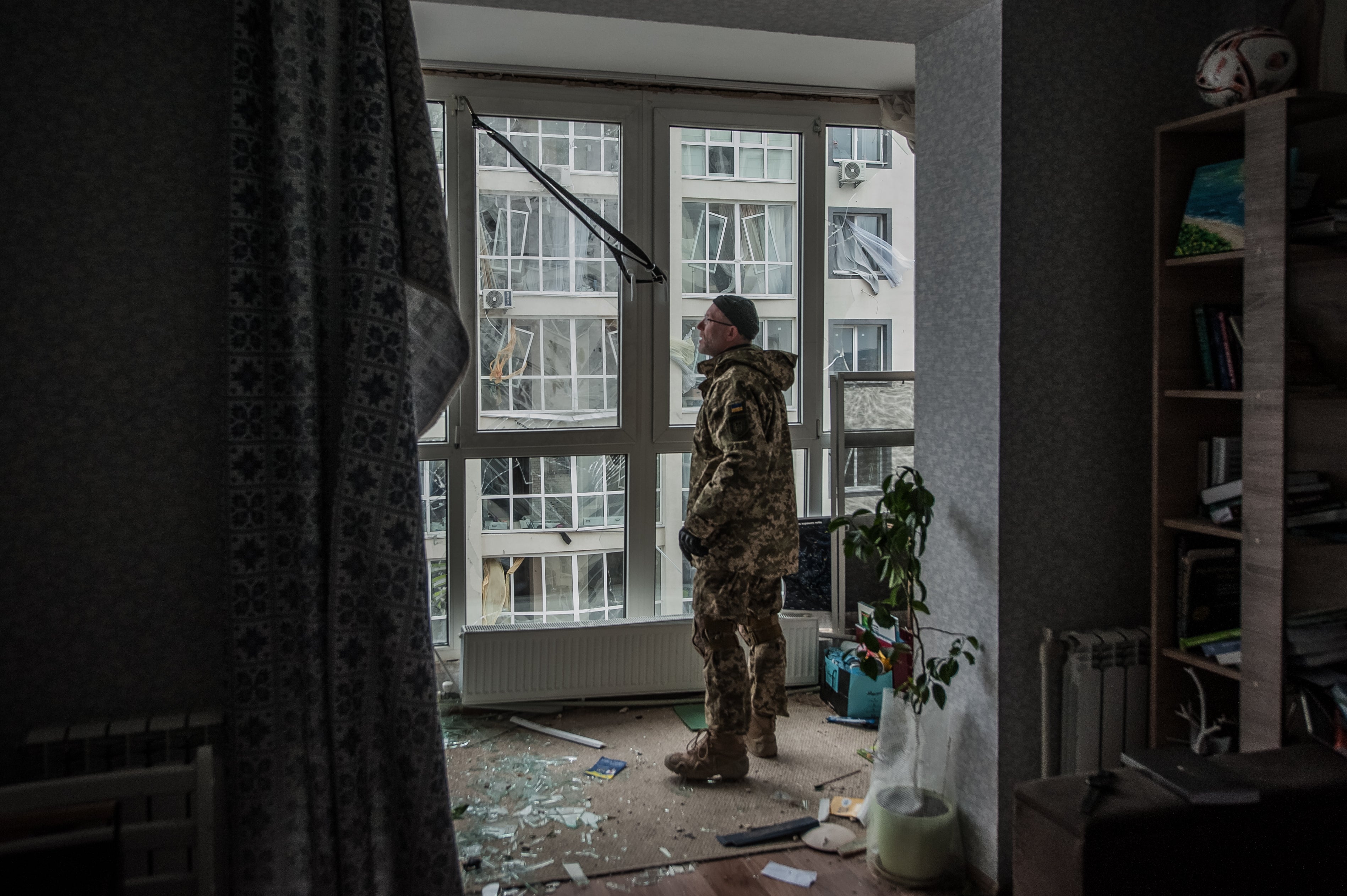
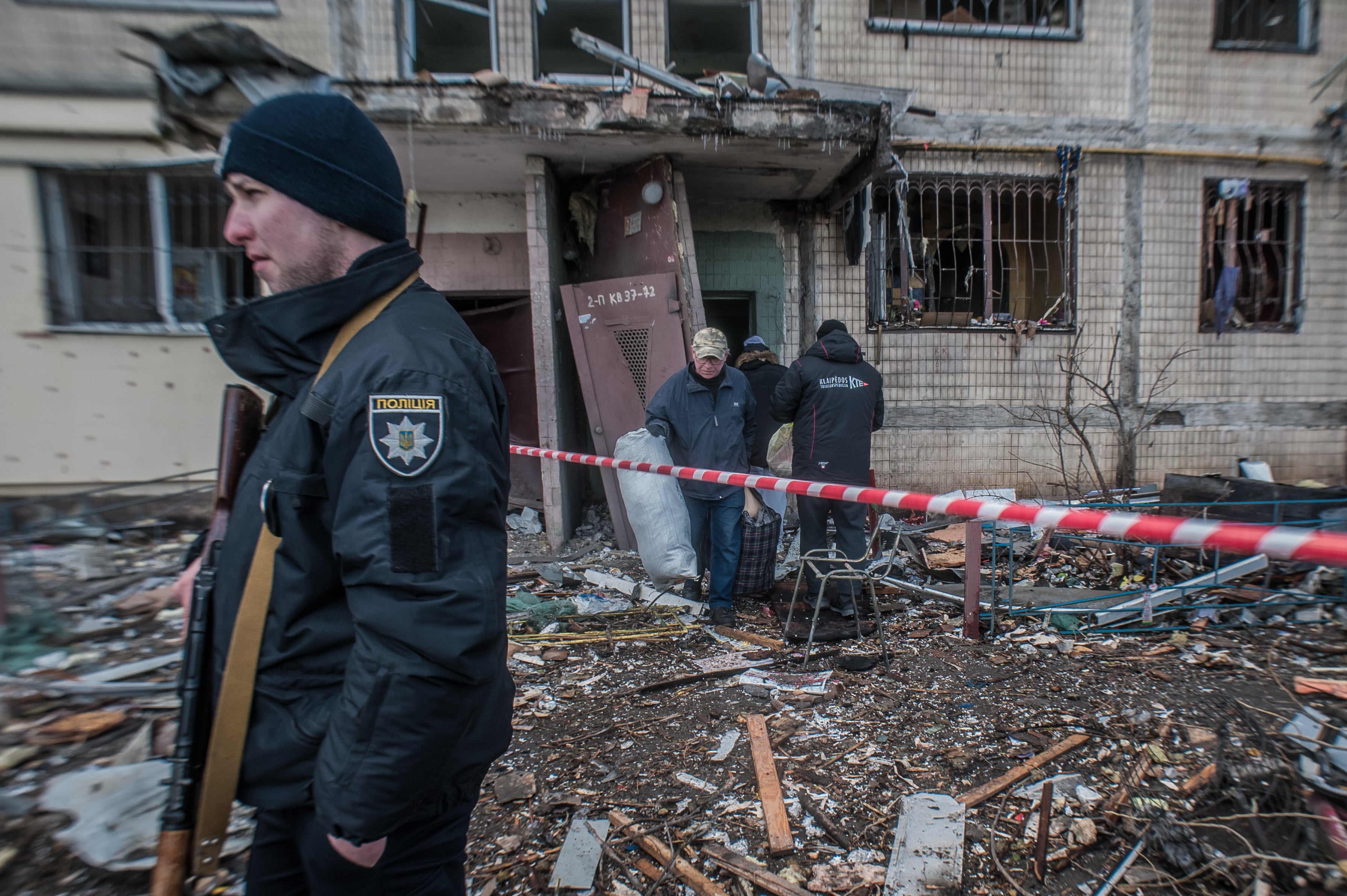
It’s clear from Alina’s work that besides spurring support for her country, she is also reminding the world that her people are still resisting and surviving. Every day Alina posts a photo to her Instagram account to remind the world that the country is still fighting. They read: “Kyiv still stands”.
You can see more of Alina’s work on her website and Instagram account.
Join our commenting forum
Join thought-provoking conversations, follow other Independent readers and see their replies
Comments